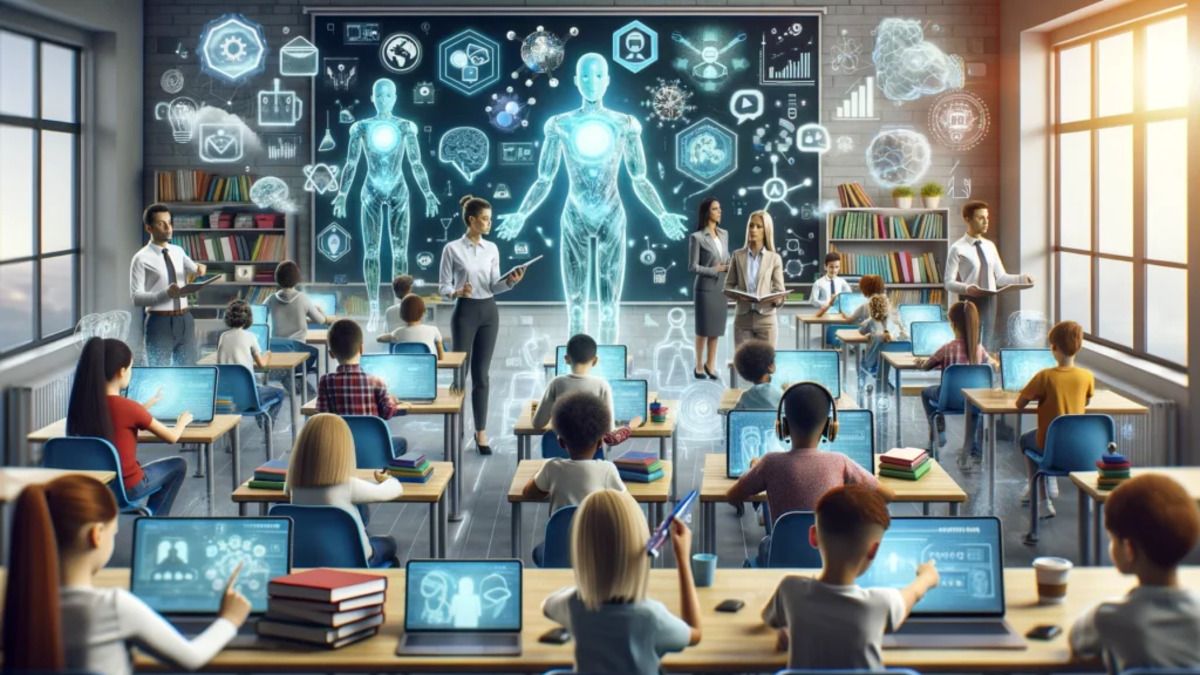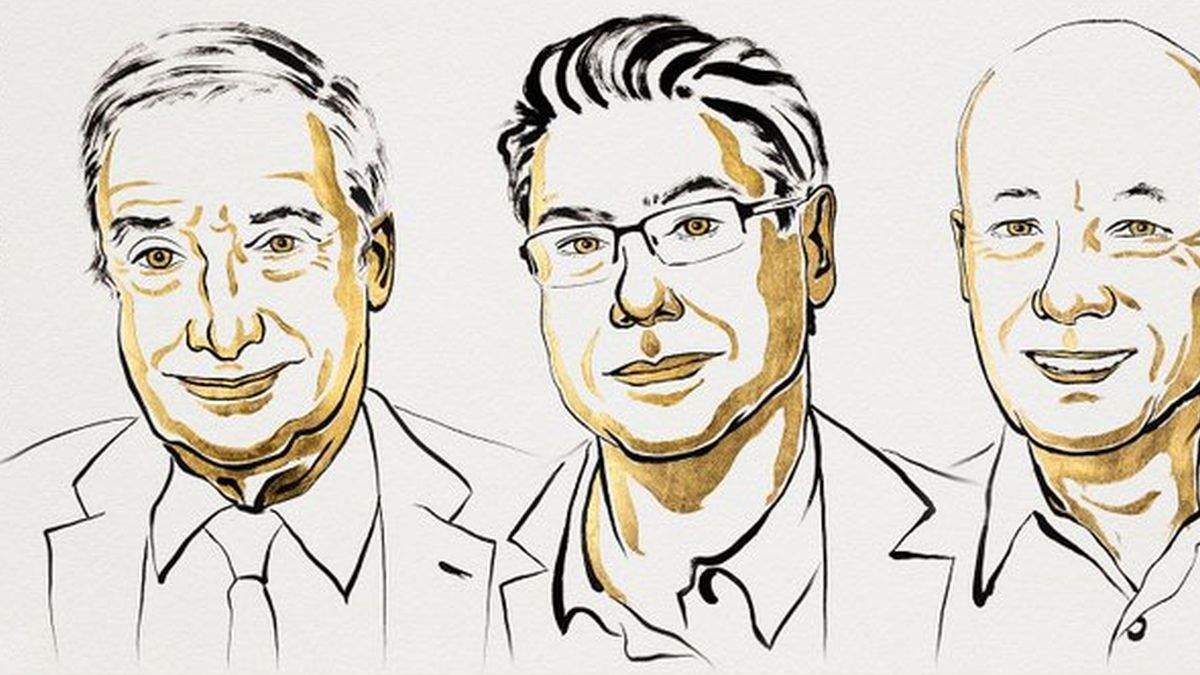The Generative artificial intelligence (The one that creates content, such as text, images, music, audio and videos) kicked the board of society, both individual, professional and educational. The integration of language models such as Chatgpt, Gemini or Claude In the classroom they raise a deep challenge in the way students access knowledge and how teachers design their pedagogical strategies.
While IA promises to customize education and improve the efficiency of learning, it also generates uncertainty about the role of the teacher, the authenticity of student’s work and the need to rethink the traditional evaluation method.
This happens daily in the classrooms of secondary and university schools, where students have instant access to information and tools that can answer questions, generate essays (monographs, practical work, etc.) and solve problems of all kinds. This has radically changed the relationship between effort and result in learning. Before, the acquisition of knowledge required investigating, reading and synthesizing information; Now just ask the right question to get a detailed answer in seconds.
Worse, the public models they use are fallible. They fail, they are biased and there is no content curatorship that ensures that what we receive is correct. And it seems that much of society trusts them like the oracle of truth.
The AI not only impacts the way students access knowledge, but also their processes of critical, creative and analytical thinking. They systematically fall into the temptation to accept answers without questioning them, to depend excessively on technology instead of developing their own skills. This phenomenon has generated a gap between what students can produce with AI assistance and what they really understand.
The challenge for teachers: teach in times of AI
Educators face a double challenge: adapt to a new way of teaching and redefining their role inside the classroom. Historically, teachers have been the main source of knowledge for students, but now they must assume the role of learning facilitators, guiding students in the ethical and effective use of AI.
Without a doubt, one of the biggest challenges is evaluation. Traditional tasks, such as practical work, summaries or exercises to do at home, have lost their value as tools to measure learning, since they can be generated in seconds by a language model. This forces teachers to design more dynamic evaluation strategies and focused on reasoning, creativity and practical application of knowledge.
Faced with this situation, the academic space must be resolved in the classroom, not in the privacy of households, where students succumb to the seductive called the IAS. Debates, rain of ideas, problem solving exercises in the classroom are very powerful tools for this era. And, without a doubt, the oral evaluation will return to a preponderant place, to ensure first -hand that the student has acquired the necessary tools of each curriculum.
Another point, not less, is the digital gap. Not all students have the same access to AI tools, which generates inequalities in the classroom. Teachers must be aware of this reality and find ways to level access to technology without this representing disadvantages for certain students.
Towards a balanced coexistence with AI
Despite these challenges, AI also offers significant opportunities to improve education. We must not deny its existence, we must embrace it to give students the criteria of correct use, while we empower teachers with a new battery of tools to enhance classrooms. We must ensure that the IAS are used to achieve more, not to do less.
For this transition to be successful, it is essential that both institutions and governments invest in training and in the creation of ethical and normative frameworks, while regulating and promoting their use in the classroom. It is also crucial that students are educated in critical thinking and digital literacy, so that they can interact with AI responsible.
AI should not be seen as a threat to education, but as an enhancer that, well used, can promote learning and improve academic experience. We have the obligation to face a deep rethink of teaching and evaluation methods, as well as a coordinated effort to ensure that all actors involved in education can adapt to this new reality. The key is not to prohibit AI in classrooms, but to learn to live with it intelligently and ethically.
Secondary, University and CEO of Varegos
Source: Ambito
David William is a talented author who has made a name for himself in the world of writing. He is a professional author who writes on a wide range of topics, from general interest to opinion news. David is currently working as a writer at 24 hours worlds where he brings his unique perspective and in-depth research to his articles, making them both informative and engaging.




